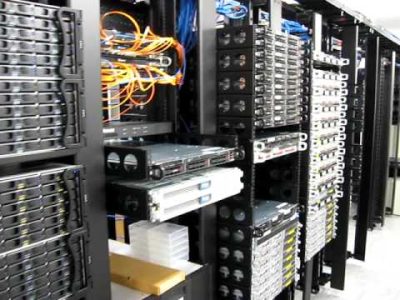
Linux training in chennai
Sk Computer Technologies puts their efforts to provide RHCSA linux training in chennai for those who want to make future as a core system administrator in Red hat enterprises, Linux environment etc.We provide RHCSA training in chennai to all students at a very reasonable fees which they can afford.
RHSA
Understand and use essential tools
Access a shell prompt and issue commands with correct syntax
Use input-output redirection (>, >>, |, 2>, etc.)
Use grep and regular expressions to analyze text
Access remote systems using SSH
Log in and switch users in multiuser targets
Archive, compress, unpack, and uncompress files using tar, star, gzip, and bzip2
Create and edit text files
Create, delete, copy, and move files and directories
Create hard and soft links
List, set, and change standard ugo/rwx permissions
Locate, read, and use system documentation including man, info, and files in /usr/share/doc
Operate running systems
Boot, reboot, and shut down a system normally
Boot systems into different targets manually
Interrupt the boot process in order to gain access to a system
Identify CPU/memory intensive processes and kill processes
Adjust process scheduling
Manage tuning profiles
Locate and interpret system log files and journals
Preserve system journals
Start, stop, and check the status of network services
Securely transfer files between systems
Configure local storage
List, create, delete partitions on MBR and GPT disks
Create and remove physical volumes
Assign physical volumes to volume groups
Create and delete logical volumes
Configure systems to mount file systems at boot by universally unique ID (UUID) or label
Add new partitions and logical volumes, and swap to a system non-destructively
Create and configure file systems
Create, mount, unmount, and use vfat, ext4, and xfs file systems
Mount and unmount network file systems using NFS
Extend existing logical volumes
Create and configure set-GID directories for collaboration
Configure disk compression
Manage layered storage
Diagnose and correct file permission problems
Deploy, configure, and maintain systems
Schedule tasks using at and cron
Start and stop services and configure services to start automatically at boot
Configure systems to boot into a specific target automatically
Configure time service clients
Install and update software packages from Red Hat Network, a remote repository, or from the local file system
Work with package module streams
Modify the system bootloader
Manage basic networking
Configure IPv4 and IPv6 addresses
Configure hostname resolution
Configure network services to start automatically at boot
Restrict network access using firewall-cmd/firewall
Manage users and groups
Create, delete, and modify local user accounts
Change passwords and adjust password aging for local user accounts
Create, delete, and modify local groups and group memberships
Configure superuser access
Manage security
Configure firewall settings using firewall-cmd/firewalld
Configure key-based authentication for SSH
Set enforcing and permissive modes for SELinux
List and identify SELinux file and process context
Restore default file contexts
Use boolean settings to modify system SELinux settings
Diagnose and address routine SELinux policy violations
RHCE
System configuration and management
Use network teaming or bonding to configure aggregated network links between two Red Hat Enterprise Linux systems
Configure IPv6 addresses and perform basic IPv6 troubleshooting
Route IP traffic and create static routes
Use firewalld and associated mechanisms such as rich rules, zones and custom rules, to implement packet filtering and configure network address translation (NAT)
Configure a system to authenticate using Kerberos
Configure a system as either an iSCSI target or initiator that persistently mounts an iSCSI target
Produce and deliver reports on system utilization (processor, memory, disk, and network)
Use shell scripting to automate system maintenance tasks
Network services
Network services are an important subset of the exam objectives. RHCE candidates should be capable of meeting the following objectives for each of the network services listed below:
Install the packages needed to provide the service
Configure SELinux to support the service
Use SELinux port labeling to allow services to use non-standard ports
Configure the service to start when the system is booted
Configure the service for basic operation
Configure host-based and user-based security for the service
HTTP/HTTPS
Configure a virtual host
Configure access restrictions on directories
Deploy a basic CGI application
Configure group-managed content
Configure TLS security
DNS
Configure a caching-only name server
Troubleshoot DNS client issues
NFS
Provide network shares to specific clients
Provide network shares suitable for group collaboration
Use Kerberos to control access to NFS network shares
SMB
Provide network shares to specific clients
Provide network shares suitable for group collaboration
SMTP
Configure a system to forward all email to a central mail server
SSH
Configure key-based authentication
Configure additional options described in documentation
NTP
Synchronize time using other NTP peers
Database services
Install and configure MariaDB
Backup and restore a database
Create a simple database schema
Perform simple SQL queries against a database
